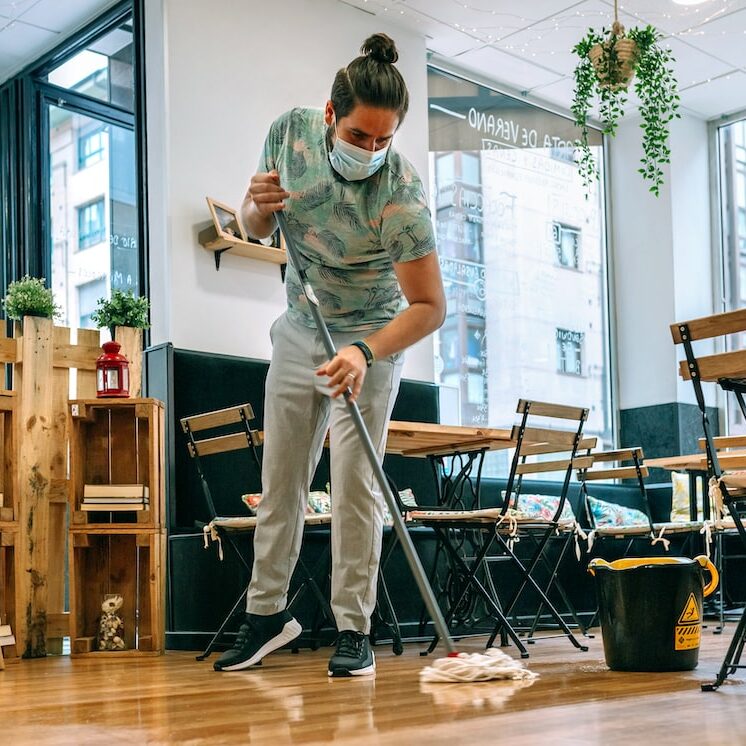
Ask any service industry professional, and they’ll tell you: restaurant sanitation is serious business. So serious, in fact, that most restaurants are actually cleaner than most home kitchens. That high standard comes with a lot of hard work, but it’s nothing without the proper tools.
If you own or manage a restaurant, it pays to invest in high quality cleaning supplies. So where do you start?
Regulations and Health Standards
Part of the reason restaurants are so clean is because of government regulation. Exact rules vary by state, but most are subject to a publicly displayed sanitation grade. Regulatory authorities hand down these grades after regular inspections.
Not only can a low rating cause a restaurant to be fined or even shut down, but anything less than an “A” can tank a restaurant’s reputation.
In the wake of COVID-19, customers are also paying extra attention to restaurant cleaning practices.
Restaurant Cleaning: What’s Required?
So what has to be kept clean at a restaurant?
- The dining room. Disinfecting tales is paramount for food safety and guest comfort. Floors must be swept and mopped daily to remove dust and stains. Décor must also be regularly cleaned, especially if the restaurant uses upholstery or other dust-gathering materials.
- Kitchen equipment. And not just utensils: sinks, countertops, cutting boards, and other prep surfaces must be rigorously disinfected daily. Large equipment, such as ranges and ovens, must be regularly pulled out for proper cleaning; grease and food crumbs attract pests.
- Food storage. Not just dry storage, but freezers and refrigerators require special attention since they often store meat.
- Restrooms, both for guests and employees.
- Employees. Employees at restaurants are constantly washing their hands, whether it’s to prevent cross-contamination of food or when handling money and serving guests.
